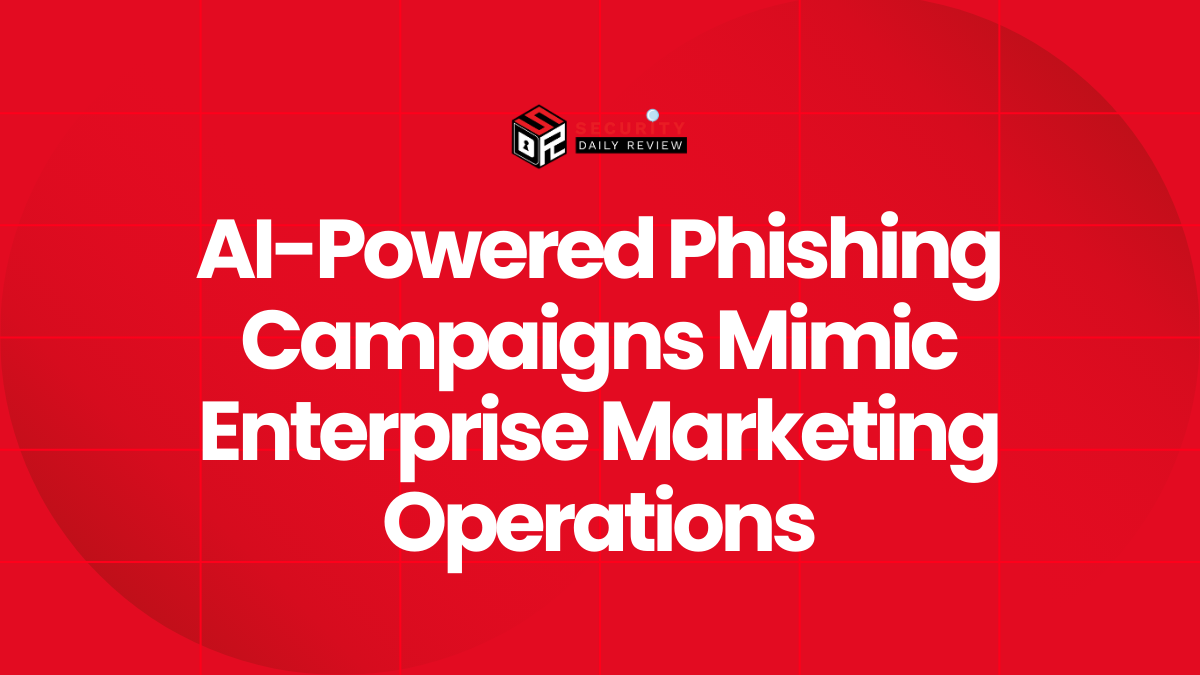AI makes phishing not just easier, but exponentially more powerful. With the help of large language models and other AI tools, cybercriminals have begun launching phishing operations at scale that resemble enterprise marketing campaigns in their sophistication, targeting, and reach. As phishing attacks become more personalized and harder to detect, defenders need to overhaul their email security models and adapt rapidly.
AI Democratizes Advanced Threat Capabilities for Cybercriminals
Artificial Intelligence (AI), particularly generative models and language processing systems, has enabled cybercriminals to automate and scale phishing operations like never before. Attackers now operate with the precision and efficiency of Fortune 500 marketing teams—but their goal is credential harvesting, data theft, identity fraud, and account takeovers.
From producing customized lures to mimicking executive language with uncanny accuracy, AI has lowered the technical barrier of entry while intensifying the threat landscape. In this new environment, traditional phishing defenses are no longer enough.
Generative AI Enables Hyper-Personalized and Scalable Attacks
AI-driven phishing campaigns are no longer mass spam attempts. Today’s attackers use AI to tailor phishing lures for specific targets, often enriched with social context from publicly available data.
- Large Language Models (LLMs) like ChatGPT can draft emails that reflect the tone and writing style of a specific individual or organization.
- AI tools can scrape personal details from social media and public databases to fine-tune outreach—turning generic messages into highly convincing fakes.
- Machine learning algorithms assist in choosing optimal times, targets, and content formats.
The result: phishing messages that bypass spam filters, fool recipients, and accelerate breaches. Many fall victim because these messages no longer contain typical red flags such as poor grammar or mismatched domain names.
Automation Transforms Phishing Into a Full-Funnel Process
Cybercriminals now run phishing operations like full-stack businesses, using AI not just for content generation but for campaign orchestration. This includes:
- Segmenting audiences (victim profiles) based on geography, job title, or digital footprint
- A/B testing different spoofing messages for click rates
- Automating responses in real-time to keep targets engaged
This evolution turns phishing into an automated funnel that exploits the same behavioral triggers as legitimate marketing campaigns—but with malicious end goals like account takeover or ransomware delivery.
Security Teams Must Shift From Detection to Disruption
Organizations require a new framework to defend against AI-enhanced phishing threats. Traditional email gateways focused on known indicators will struggle against polymorphic, adaptive campaigns powered by generative AI. Instead, defenders should focus on intent-based detection and contextual awareness.
Behavioral and Identity Signals Are Now Critical for Defense
Modern phishing defense must rely on behavioral data to detect anomalies rather than scanning for outdated signatures.
- Identity-based security that monitors typical login patterns, devices, and geolocation can highlight unauthorized access attempts.
- Behavioral analysis can detect unusual interaction flows—clicks from unknown networks, synthetic interactions, or unexpected third-party redirects.
- AI-powered detection engines can provide real-time phishing protection by examining user intent, rather than content alone.
Security awareness training must also evolve—teaching users how to spot subtle tone mismatches or domain impersonation that go beyond typical credential phishes.
Fighting AI With AI: Defensive Automation Is Essential
As cybercriminals automate and scale attacks, defenders must do the same. Security operations need to embrace AI both for detection and incident response.
- Email security platforms must integrate AI models that learn organizational baselines and adapt to new adversary techniques.
- SOC (Security Operations Center) workflows should prioritize suspicious communication patterns revealed through language modeling and user analytics.
- Real-time threat intelligence feeds powered by machine learning can help disrupt phishing campaigns before they reach inboxes.
By embedding AI across the security stack, organizations can combat high-volume intelligent attacks at machine speed.
The New Phishing Landscape Requires Holistic Defenses
AI-generated phishing is not a future threat—it’s current and rapidly evolving. With their new tools, cybercriminals are weaponizing scale, context, and automation to breach enterprise perimeters invisibly.
Security teams must recognize that these phishing attacks are no longer just about fake emails—they represent an end-to-end infiltration strategy mimicking legitimate digital communication. To fight back effectively, organizations must:
- Upgrade from signature-based email filters to behavioral and intent-based analysis
- Train employees in recognizing context-driven deception, not just poor grammar
- Automate detection and incident response using AI to match adversaries’ speed and tactics
In this high-stakes cyber landscape, attackers using AI don’t sleep—and neither can defenses.









